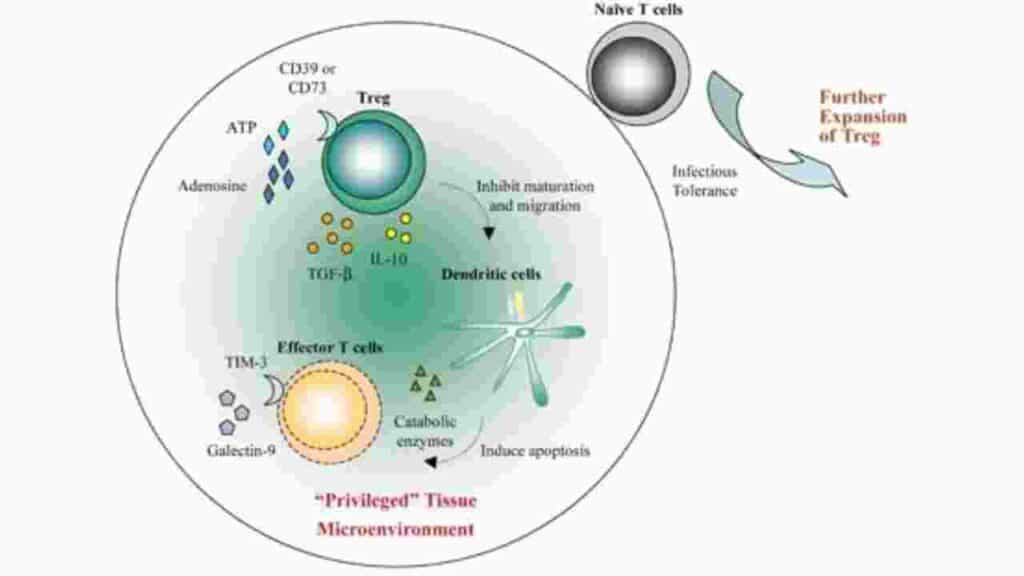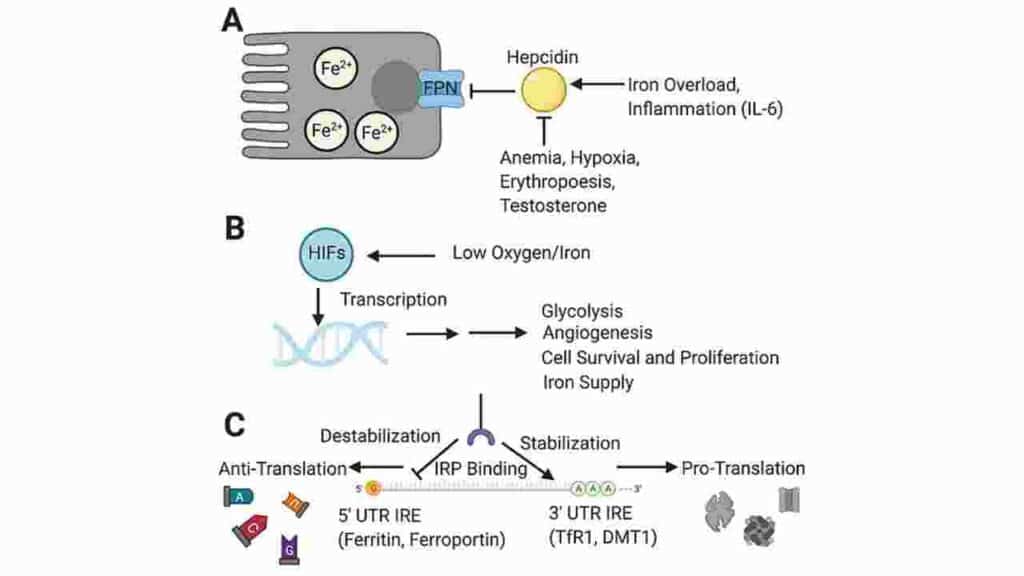5 Best Treatments For Allergic Asthma
If you’re dealing with allergic asthma, consider this list of the five best treatments for allergic asthma. Some of the options include Anti-IL-5 agents, Omalizumab, and Bronchodilators. Other treatments may focus on identifying and avoiding triggers and using combination inhalers.
Table of Contents
What are Anti-IL-5 agents?: Best Treatments For Allergic Asthma
The use of anti-IL-5 agents as a treatment for allergic asthma is an exciting development that could set a new standard for long-term inflammation protection for patients with asthma. With monthly administration, these novel biologics have a favorable safety profile.

Anti-IL-5 drugs have a significant effect on reducing airway inflammation and improving quality of life. They are a class of oral corticosteroids. However, they have a higher risk for adverse reactions, including hypertension and osteoporosis. They are not as effective in severe asthma as other types of therapies.


Unlike current therapies, a single dose of IL-5-anchored CCAR-T cells provides cell-based treatment for severe asthma. Chimeric IL-5-anchored CCAR-T cell therapy demonstrated a high rate of eosinophil killing. It was associated with continuous protection against asthma-related conditions. Doctors use this treatment strategy for SEA and other eosinophilic diseases. Still, we’ll need more clinical studies to fully assess its safety and effectiveness.
New biological drugs have been developing over the past two decades to target the IL-5 receptor on eosinophils. Some of these agents have shown success in the treatment of malignant tumors. Several of these drugs are now under evaluation for treating severe eosinophilic asthma.
The first anti-IL-5 agent approved for severe asthma was Reslizumab, a mAb. It has no approval for use on asthma in Japan and Europe. Since then, other new anti-IL-5 biologics have been in development, but their clinical trials have yet to be conclusive.
What are Bronchodilators?: Best Treatments For Allergic Asthma
Bronchodilators are the best treatments for allergic asthma medicines that help open airways. They act fast and relieve asthma symptoms. However, they have some side effects.

You inhale bronchodilators through an inhaler or nebulizer. The type of bronchodilator you need will depend on your symptoms. It would help if you discussed the risk and benefits of using a bronchodilator with your doctor.
Short-acting beta-agonists are often used as rescue medications. They relieve symptoms quickly, such as shortness of breath, and are available in powder form. Long-acting bronchodilators are also available. Some long-acting bronchodilators last up to 24 hours.
Anticholinergic bronchodilators work by relaxing the smooth muscle surrounding the airways. As the airways relax, mucus can move freely. Other types of bronchodilators are available as liquids, tablets, and syrups.
Depending on your specific situation, you may need a combination of short-acting and long-acting bronchodilators. This can make it hard to decide which is best. Ultimately, the choice will depend on your age, level of consciousness, and preferences.
The most common bronchodilators are anticholinergics and short-acting muscarinic antagonists (SAMAs). In addition to opening the airways, SAMAs add an extra boost to keep them open. Generally, use a nebulizer solution or a metered dose inhaler to deliver the medication.
Another type of bronchodilator is a biological drug that targets the hyperactive allergic immune response in people with severe asthma. Administration of biologics is by either intravenous injection or a subcutaneous shot. It is essential to monitor the medicine after the first dose, as an allergic reaction can occur.
What are Combination inhalers?: Best Treatments For Allergic Asthma
For people with mild to moderate asthma, combination inhalers can be an effective way to relieve symptoms. These inhalers combine a short-acting bronchodilator (such as albuterol) and a long-acting bronchodilator to deliver relief.

The main goal of treatment is to prevent and minimize symptoms. It also works to reduce the risk of hospitalization. A person with asthma should use a combination inhaler daily.
Depending on the severity of the disease, a patient may need two or more inhalers. Some people with more severe asthma will need oral medication to control symptoms. This type of medicine has fewer side effects.
Combination inhalers are available in powder or aerosol form. Instructions include asthma patients using the inhaler at least five minutes before exertion.
To find out if you have asthma, talk to your doctor. They can diagnose the disease and prescribe the appropriate medications. It would help if you also asked about your health insurance coverage. If you have high medical expenses, ask about patient assistance programs.
The diagnosis of asthma often requires a doctor’s examination, an X-ray, and lung-function tests. In addition, a healthcare provider can tell if you have asthma by listening to your lungs.
You can choose from various brands of best treatments for allergic asthma if your doctor recommends a combination inhaler. The best combination inhaler depends on age, symptoms, and other factors.
Your GP should check your new medicines every four to eight weeks. Ask your GP about how to save on prescriptions. You can also pay for your medication through manufacturer copay cards.
Omalizumab: Best Treatments For Allergic Asthma
Omalizumab is a monoclonal antibody against immunoglobulin E (IgE). IgE is a protein that plays a role in allergic reactions. Specifically, IgE is an activation trigger for mast cells. When Omalizumab is given to an asthmatic, it blocks the production of a high-affinity IgE receptor on inflammatory cells, which may help to attenuate airway inflammation.
The FDA approves Omalizumab in patients with moderate to severe persistent allergic asthma. It has been shown to attenuate airway inflammation effectively. Face-to-face with a placebo, Omalizumab has shown a reduction in hospital admissions for asthma.
Although Omalizumab is effective for some adults, it is not consistently associated with an excellent therapeutic response. In addition, the results of adult studies are not relevant to the pediatric population. A need for more systematic assessment limits these results. Moreover, the data has limitations regarding lung function and difficult-to-treat asthma. Consequently, we need new trials to define better and assess the clinical effectiveness of biologics in severe asthma.
In summary, Omalizumab is effective in moderate to severe persistent allergic asthma. However, the evidence is not sufficient to support its use in pediatrics. Nonetheless, professionals recommend it for children with severe allergic asthma.
In an open-label study of 419 children from inner cities, Omalizumab reduced the number of days missed from school and the risk of exacerbations. Among the subgroup of severe asthma patients, the risk of exacerbations was reduced by 31% after 24 weeks of treatment.
Identifying and avoiding triggers: Best Treatments For Allergic Asthma
Identifying and avoiding triggers for allergic asthma is essential to reducing the risk of exacerbations. Doing so can help alleviate symptoms, decrease treatment frequency, and improve the overall quality of life. While triggers are not entirely predictable, understanding how they affect an individual can aid in identifying them and avoiding them.
In order to identify and avoid triggers for allergic asthma, it is crucial to understand how the human mind works. This can be done by observing the physiological and psychological processes involved in a specific asthma episode. For example, a person with allergic asthma may experience airway obstruction and airway constriction. Both methods are usually alongside inflammation. There are suggestions that a stronger inflammatory response makes it easier to perceive trigger-symptom contingencies.
Some of the best treatments for allergic asthma to accomplish this is to observe the individual’s perception of asthma triggers. To do this, a clinician should inquire about potential triggers during routine visits. Asthma triggers exist in many environmental sources. These include weather, allergens, respiratory infections, physical exercise, and intense emotions.
A well-designed asthma trigger identification intervention may effectively improve the health of persons with comorbid asthma and panic disorder. Triggers identified during exposure therapy have been shown to improve symptoms and reduce anxiety. However, further studies are needed to evaluate these approaches.
A well-designed asthma trigger identification intervention should be tailored to the needs of the individual. In addition to education, asthma patients should know about the importance of controlling triggers. Often, patients have difficulty carrying out this task because it requires significant effort and expense.
Non-traditional remedies: Best Treatments For Allergic Asthma
Many people living with asthma have turned to complementary and alternative medicine therapies to help control their symptoms. However, many best treatments for allergic asthma approaches have limited or no scientific evidence supporting their effectiveness.
One type of complementary medicine therapy is homeopathy. Homeopathy is based on the idea that certain substances can cure disease. Specifically, it believes that the substance can stimulate the immune system.
Other complementary medicines include herbal remedies and dietary supplements. While some of these methods may work, others may be harmful or counterproductive. Before using any form of alternative therapy, consult your healthcare provider.
For example, a diet high in antioxidants and foods with folate will reduce inflammation. Also, vitamin D can be a natural anti-inflammatory. You can get this vitamin through your diet or by spending some time in the sun.
Another type of complementary therapy is essential oils. Some of these oils have been shown to affect asthma symptoms positively. It is important to remember that these oils should be used carefully and kept away from children and pets. The National Capital Poison Center also warns that these oils can be toxic if not used properly.
Numerous online resources list non-traditional remedies for allergic asthma. It is important to remember that they should only be a supplement to your prescription medication.
Other complementary techniques can be an excellent way to relieve stress and improve your overall well-being. These can include massage therapy, acupuncture, chiropractic, and biofeedback.







